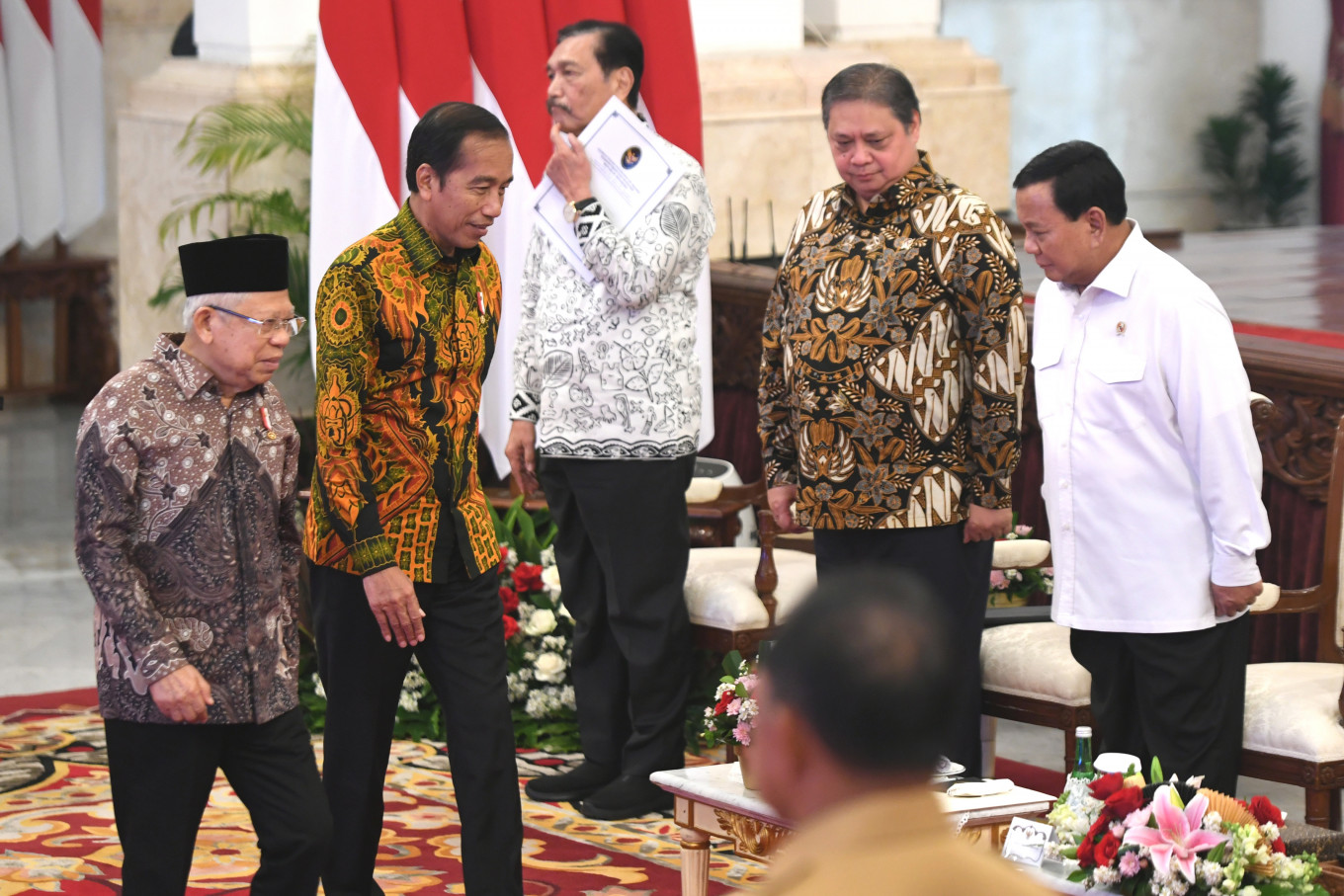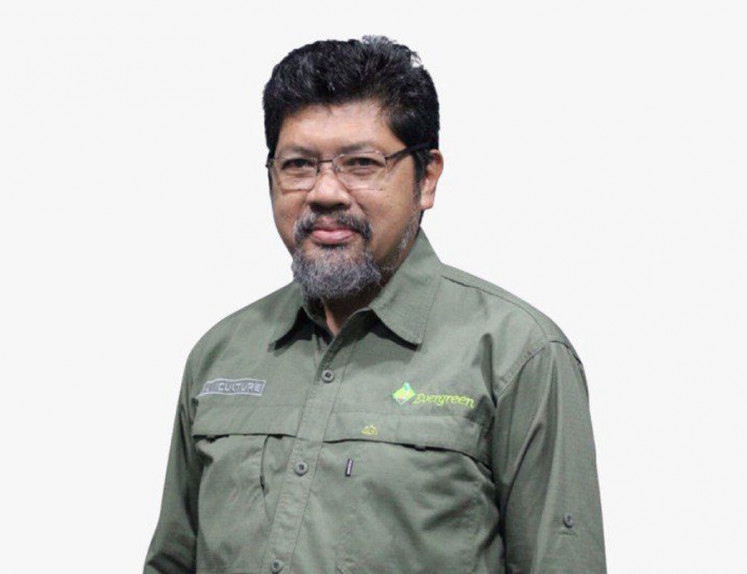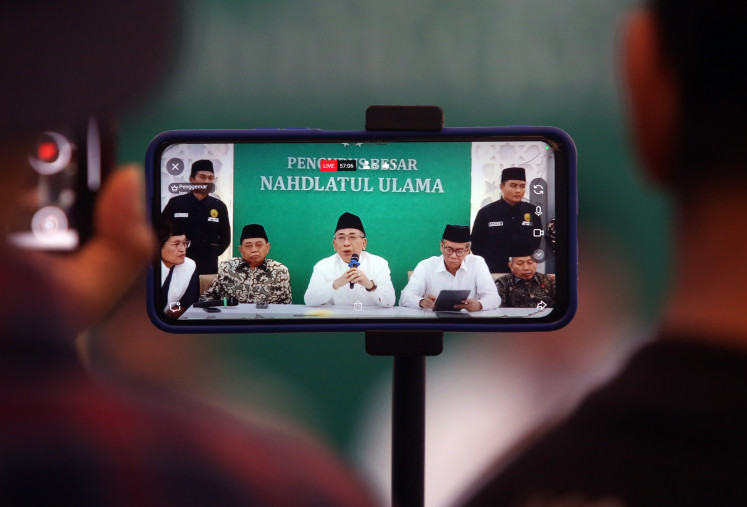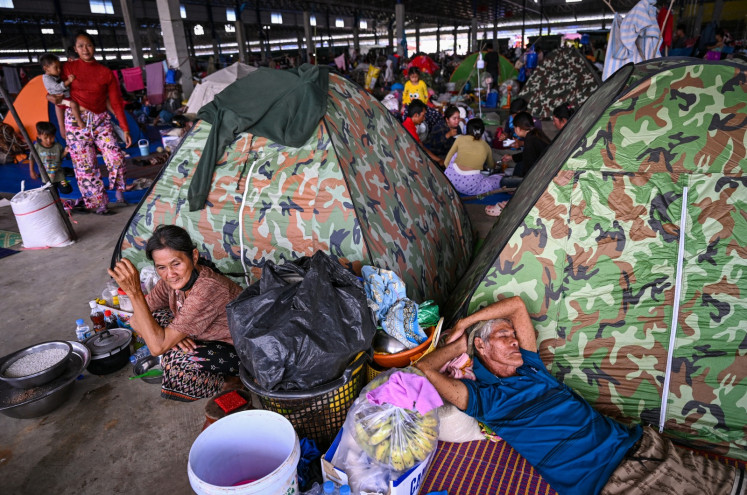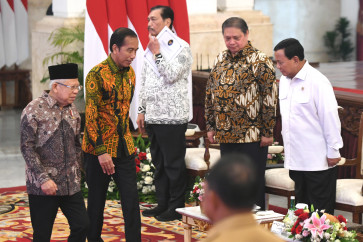Popular Reads
Top Results
Can't find what you're looking for?
View all search resultsPopular Reads
Top Results
Can't find what you're looking for?
View all search resultsDesigning a cabinet that delivers, yet is politically secure
While it is understandable that cutting red tape tends to be the primary reason for leveraging informal structures, it should not cause more overlaps and alienation.
Change text size
Gift Premium Articles
to Anyone
P
rabowo Subianto’s electoral victory came at the price of a large coalition, which probably will be manifested in more ministerial seats. A large cabinet tends to diminish delivery, and Indonesia already has one of the largest cabinets in the world. This poses the question of how to strike a balance between effective governance and stability.
Both Susilo Bambang Yudhoyono and his successor President Joko “Jokowi” Widodo had large coalitions. This is a pragmatic approach to ensure seamless program delivery, as they effectively only have three years out of the five-year presidential terms. Despite the large coalition, Yudhoyono struggled to reach consensus within his cabinet, while Jokowi who will end his term in October admitted that 42 strategic projects will experience delays.
External observers tend to attribute delivery issues to the lack of technocratic talent in the cabinet, which oversimplifies the complexity of the political culture in Indonesia. Firstly, the impeachment of president Abdurrahman Wahid in 2001 still sparks fear among all elected presidents. Secondly, Indonesian political culture rewards short-term electoral gains more than long-term gains. Finally, the ubiquitous quid pro quo culture deters professionals and technocrats from joining the cabinet.
The dynamics inside the cabinet also experience long-standing issues: deep-rooted silo culture and roles overlap, which exacerbate the coordination issues. Hence, this translates into inconsistent communication among ministers in various cabinets. Furthermore, the lack of evidence-based policy mechanisms, similar to the West Wing or Delivery Unit in the United Kingdom, hampers delivery quality.
Navigating techno-political dilemmas, a president must consider contextual three factors in mustering a cabinet. First, understanding different ministerial archetypes.
Our analysis identifies seven archetypes: professional outsiders (e.g. Budi Gunawan Sadikin, the current health minister), technocrats (e.g., Finance Minister Sri Mulyani Indrawati), technopols (e.g. Environment and Forestry Minister Siti Nurbaya), generalist politicians (e.g., Trade Minister Zulkifli Hasan), military and police personnel, religious group representatives and volunteers (e.g. State Owned Enterprises Minister Erick Thohir).
Technopols have both political acumen and technical expertise, catapulting them in delivering results. Although, when their ideology differs from the president, they have stronger resistance vis-a-vis other archetypes. Conversely, a professional outsider (e.g., ex-CEO), usually a generalist, offers flexibility and innovation. However, they might find navigating the legislature challenging, though they are more dispensable politically in a cabinet reshuffle.

